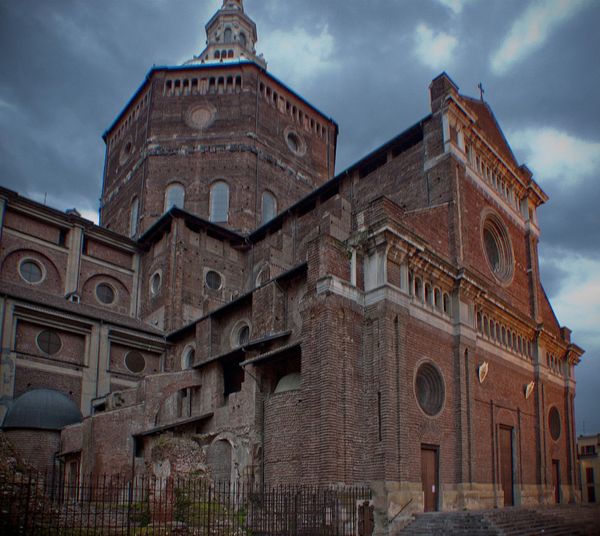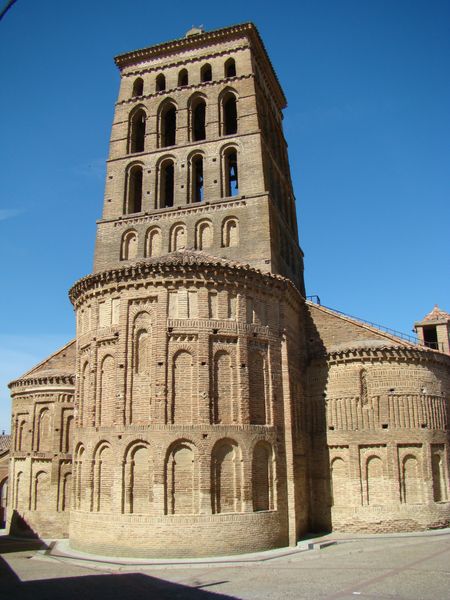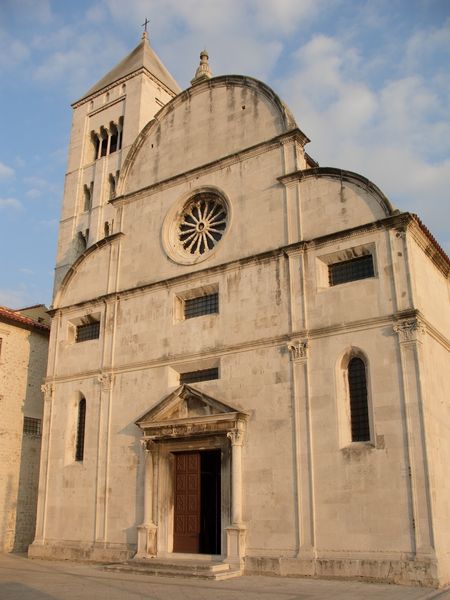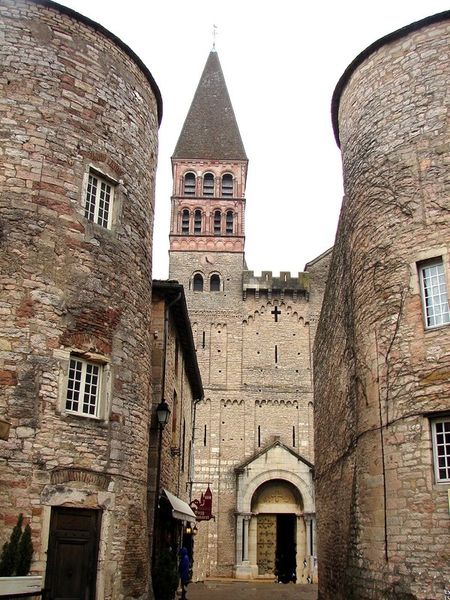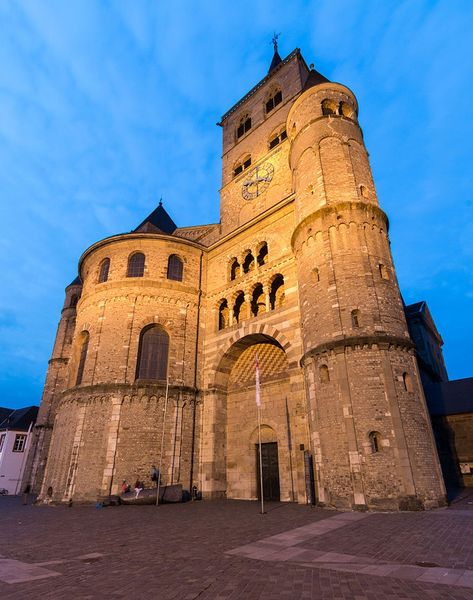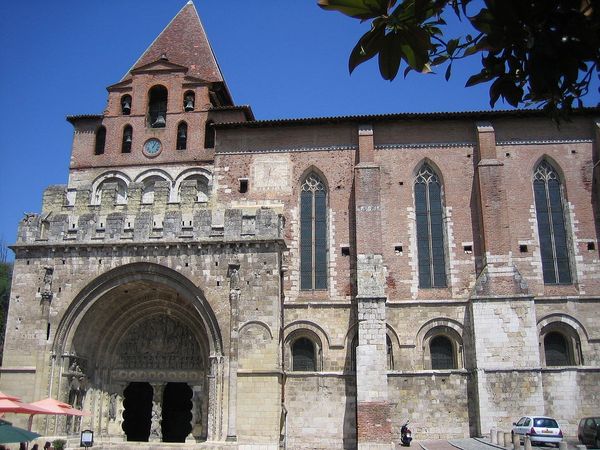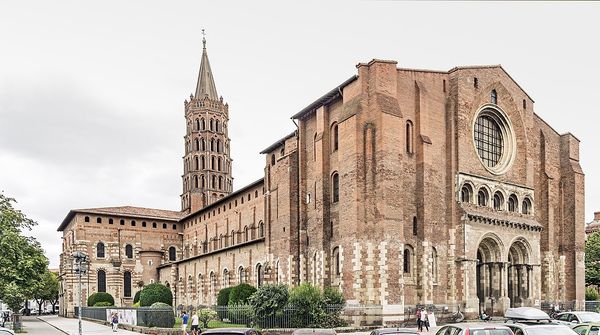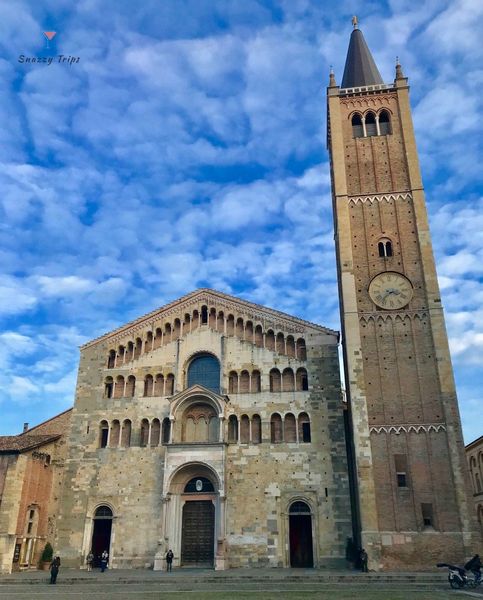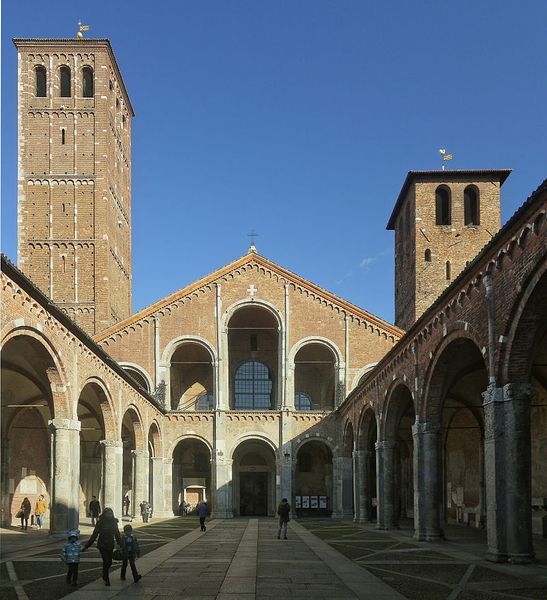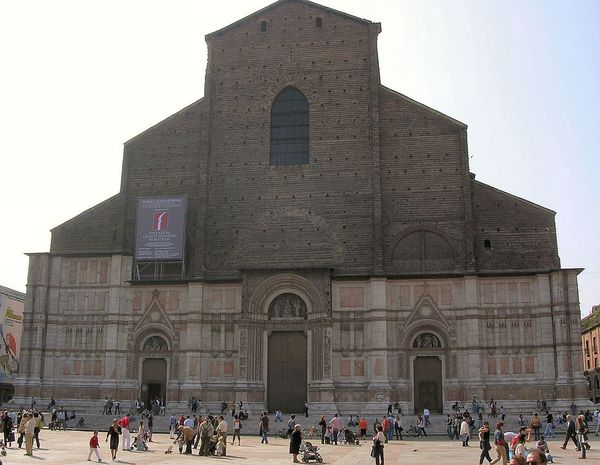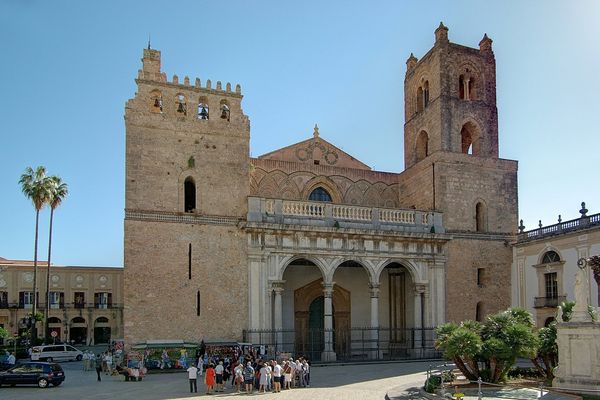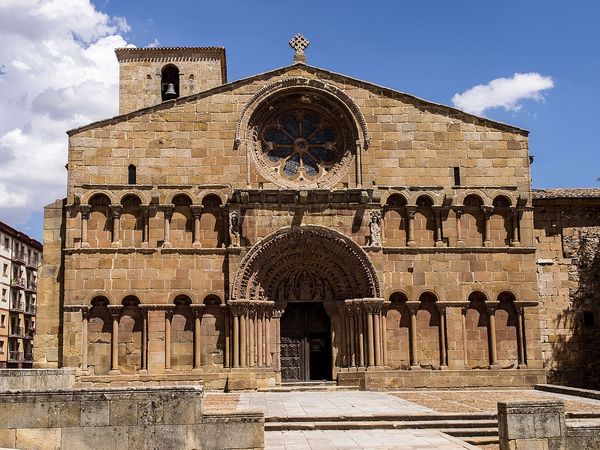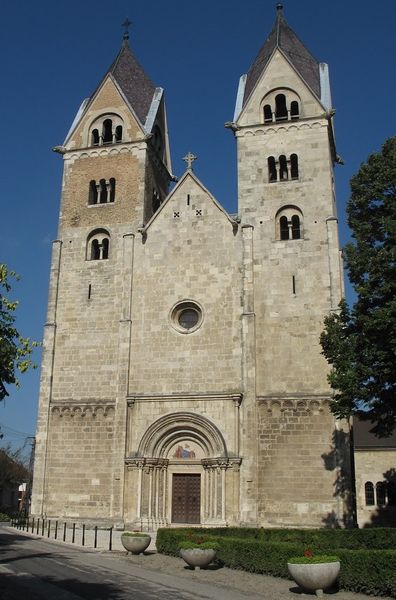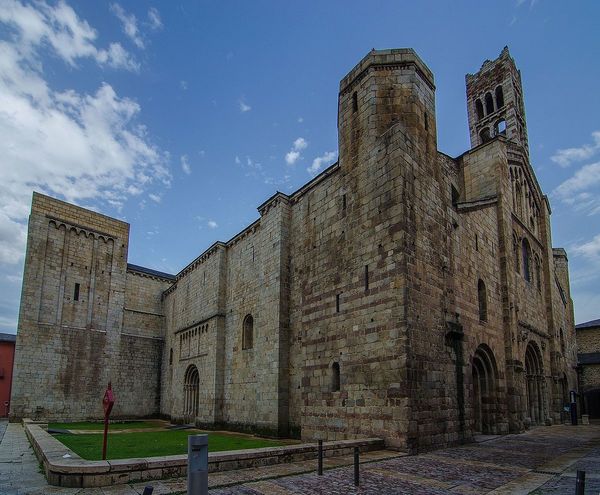
architecture
#
medieval
#
historic architecture
#
romanesque
#
architecture
Copyright: Public domain
The Abbaye Saint Philibert De Tournus in France was constructed by Romanesque architects and laborers beginning around the year 1000, primarily out of stone. The building's appearance is deeply influenced by its materiality, the stones themselves lending a sense of gravity and permanence. Look closely, and you can see the marks of the masons who dressed each block, a testament to human skill and endurance. The process of quarrying, transporting, and setting these stones was an enormous undertaking, relying on a workforce of both skilled artisans and unskilled laborers. It's important to remember that this kind of monumental architecture wasn't just about religious devotion; it was also a demonstration of power, both earthly and divine. The Abbaye stands as a testament to the close relationship between material, making, and social context. It challenges any separation of craft and fine art, revealing the deep cultural significance embedded in the very fabric of the building.
Comments
No comments
Be the first to comment and join the conversation on the ultimate creative platform.
